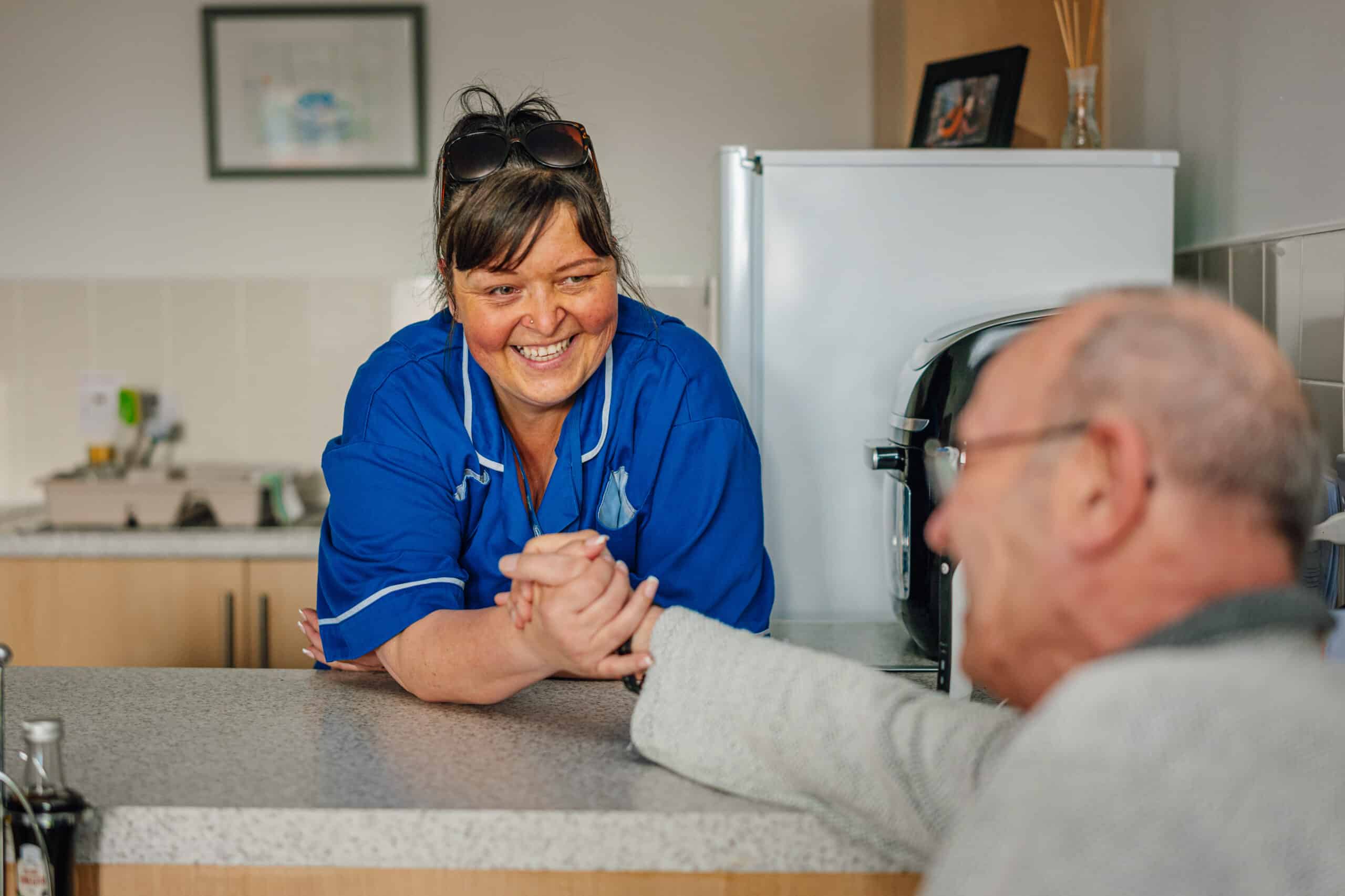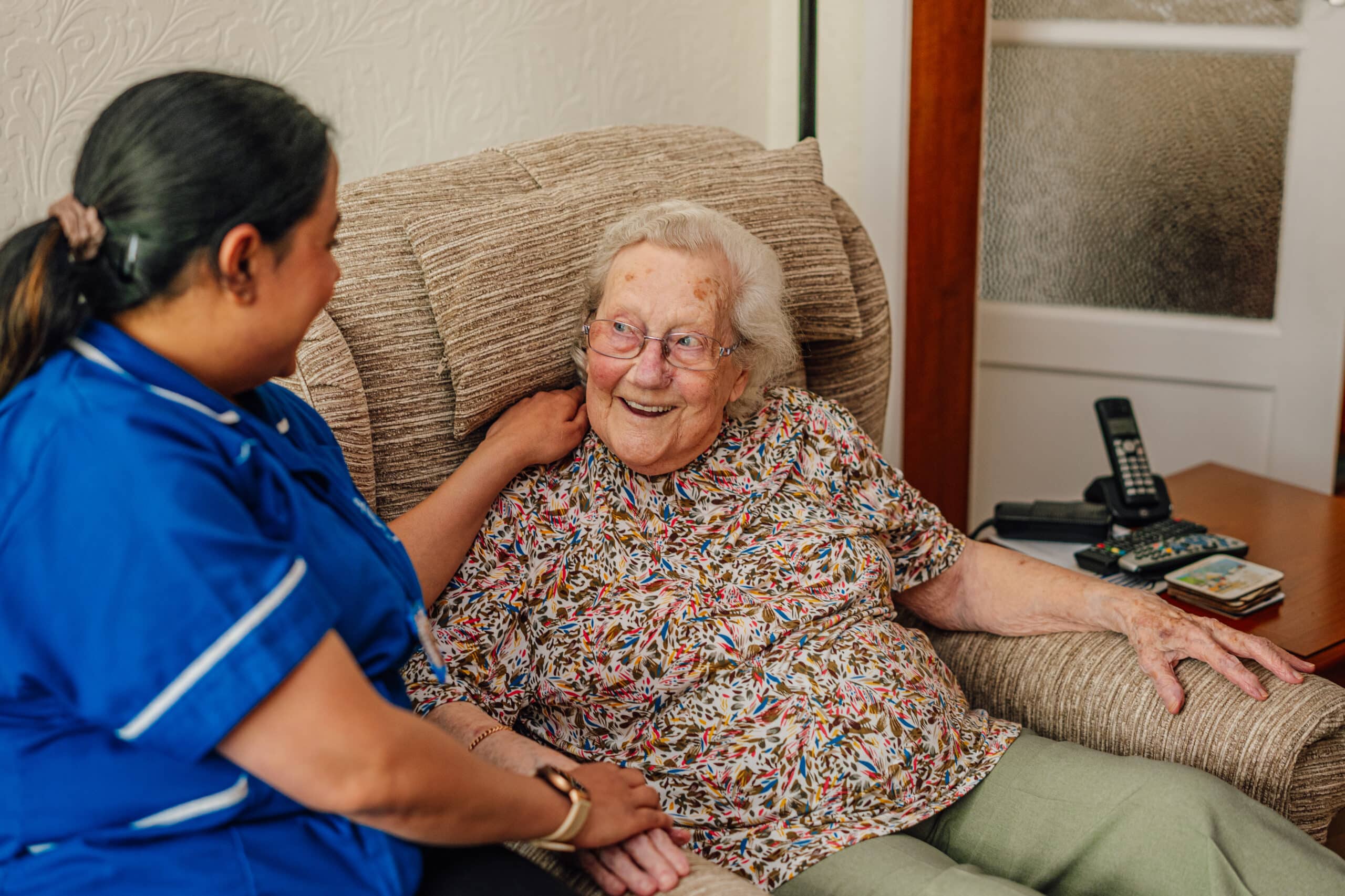Safety Measures for Vulnerable Clients Living at Home
A Priority for Caregivers and Families
As more individuals choose to age in place or manage health conditions from the comfort of their own homes, prioritizing their safety has become a key concern for caregivers and healthcare providers. Vulnerable individuals, including the elderly, those with chronic illnesses, and those with disabilities, face specific challenges that can heighten the risk of accidents or health issues. To ensure their well-being, families, caregivers, and healthcare professionals must implement effective safety measures that not only reduce risks but also encourage independence and provide peace of mind.

Addressing Common Hazards in the Home
Home safety for vulnerable individuals begins by addressing common household hazards that could lead to falls, injuries, or health emergencies. According to the Centers for Disease Control and Prevention (CDC), falls are the leading cause of injury among older adults, making fall prevention a top priority. Simple modifications can make a significant difference in creating a safer environment.
- Clear Pathways and Clutter-Free Spaces: One of the easiest ways to prevent falls is to ensure that walkways are clear of obstacles. This includes removing loose rugs, securing cables, and ensuring that furniture is arranged to allow easy access.
- Non-slip Flooring: In high-risk areas like the bathroom and kitchen, non-slip mats and flooring can reduce the risk of slipping. Installing grab bars near toilets, showers, and bathtubs also provides additional support.
- Adequate Lighting: Proper lighting is essential for preventing accidents. Ensure that all areas, including hallways and stairways, are well-lit to avoid tripping hazards, especially during the night.
Medical and Health-Specific Safety Measures
For individuals with chronic conditions or specific medical needs, additional safety measures are often necessary. Caregivers should be trained to monitor vital signs and respond to any medical emergencies promptly.
- Medication Management: One of the most important aspects of safety is ensuring that medications are taken correctly. Medication errors are common among individuals managing multiple prescriptions. Using pill organizers, setting reminders, or employing electronic medication management systems can reduce the risk of mistakes.
- Remote Monitoring Systems: Advances in technology have made it easier to monitor the health of vulnerable individuals. Wearable devices that track heart rate, blood pressure, and even fall detection can provide real-time data to caregivers and family members.
- Emergency Plans: It’s important for caregivers and clients to have a clear emergency plan in place. This includes knowing how to handle medical emergencies, having emergency contacts readily available, and understanding how to operate medical equipment, if applicable.
Creating a Supportive Environment for Independence
While ensuring safety is paramount, it’s equally important to create an environment where vulnerable individuals can maintain as much independence as possible. Small adjustments can empower clients to feel more confident in managing their daily routines.
- Assistive Technology: Devices like voice-activated assistants, mobility aids, or adaptive tools for daily activities can help clients live more independently while staying safe. Voice-activated technology can assist with tasks like adjusting the thermostat, controlling lights, or making phone calls, all without the need for manual operation.
- Routine and Structure: Maintaining a structured routine can help individuals feel more in control of their environment. It also makes it easier for caregivers to anticipate needs and identify any changes in health or behavior that could signal a potential risk.

Communication and Ongoing Support
Communication is key in ensuring that vulnerable clients feel safe and supported. Regular check-ins from caregivers or family members can help identify potential risks and address concerns before they escalate. In some cases, telehealth services may also be used to provide ongoing medical consultations and advice without the need to leave home.
“Safety isn’t just about reducing physical risks—it’s about creating an environment where individuals feel heard, supported, and empowered,” says Laura Peterson, a caregiver specializing in home care for vulnerable populations. “When we can make these small changes, we are improving the quality of life for those we care for, while also helping them maintain independence.”
Looking Ahead
As the population continues to age and more people choose to remain in their homes for as long as possible, the demand for safety measures will only increase. Caregivers, healthcare providers, and families must continue to work together to create environments that promote health, well-being, and security for vulnerable individuals.
By taking proactive steps to reduce risks, enhance safety, and provide emotional support, we can ensure that vulnerable clients are able to live confidently and comfortably in their own homes, surrounded by the care and support they need.